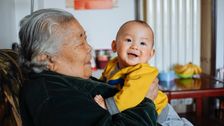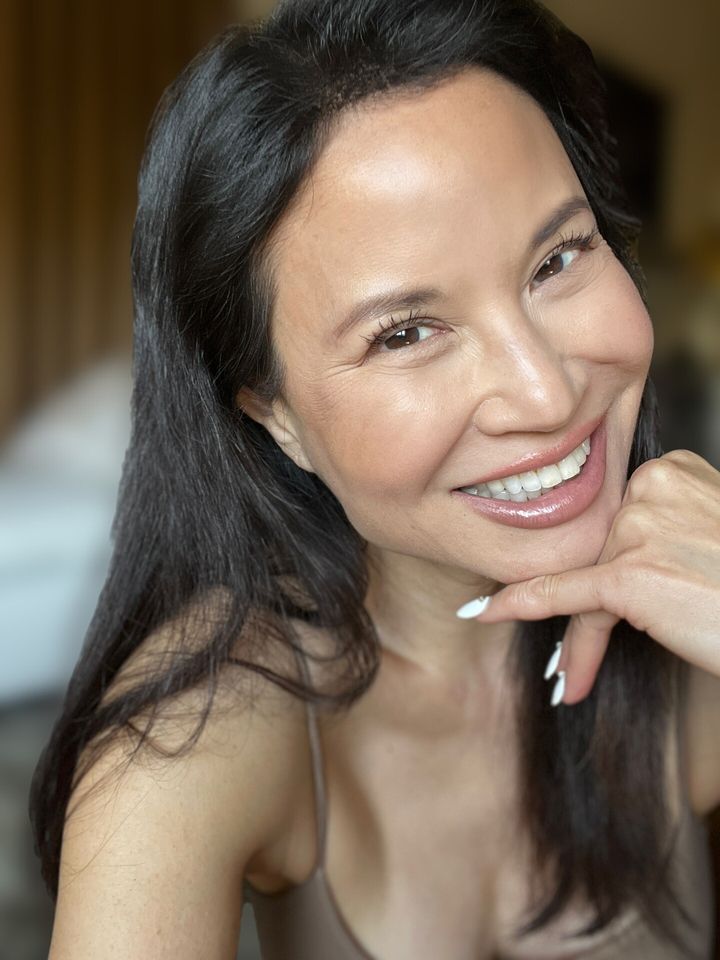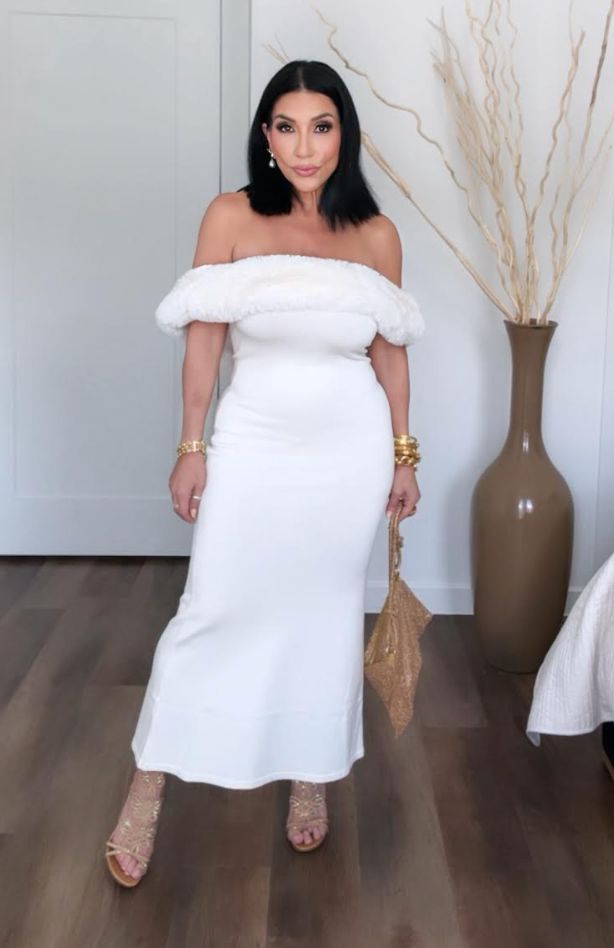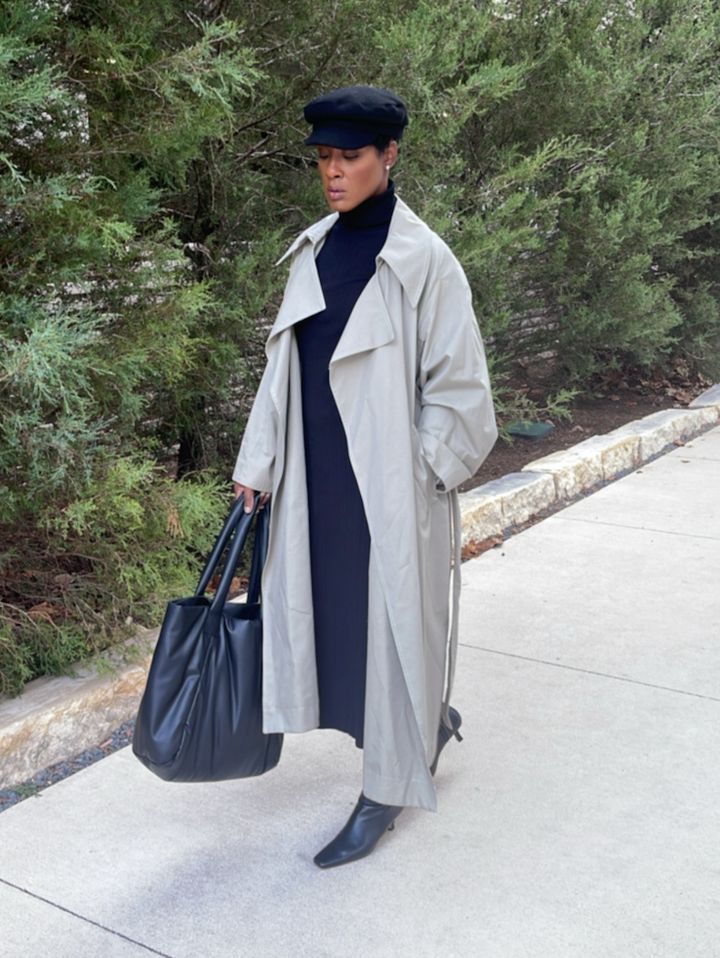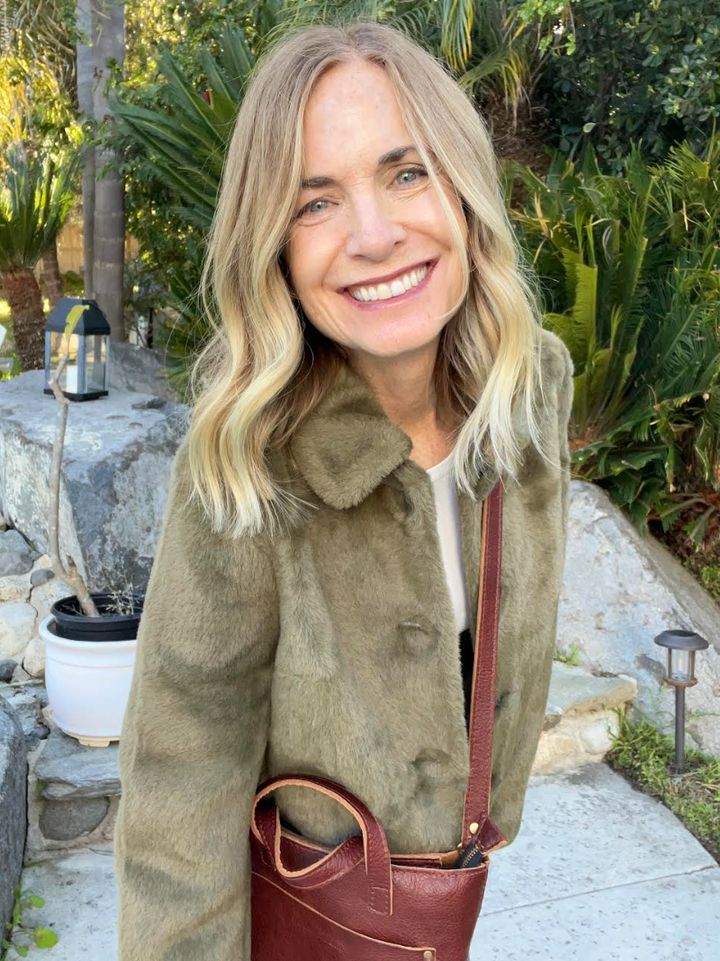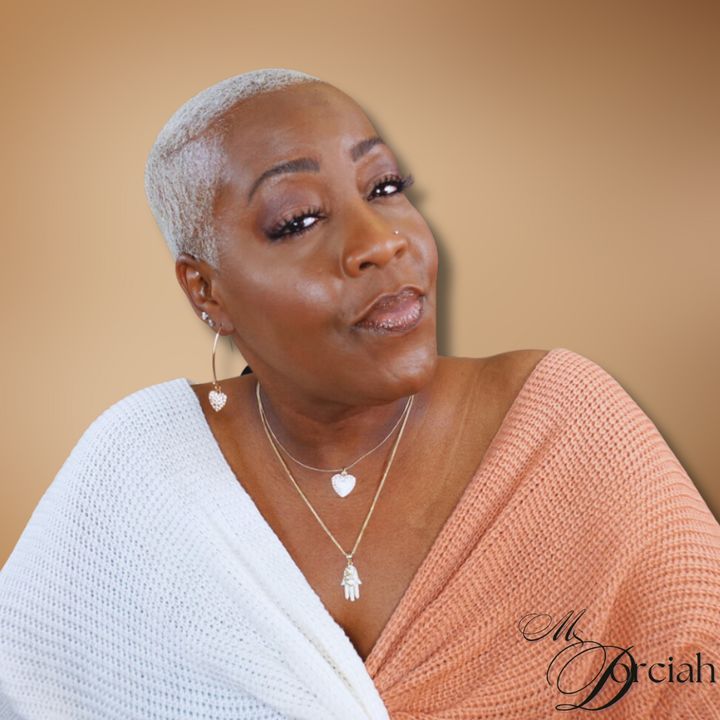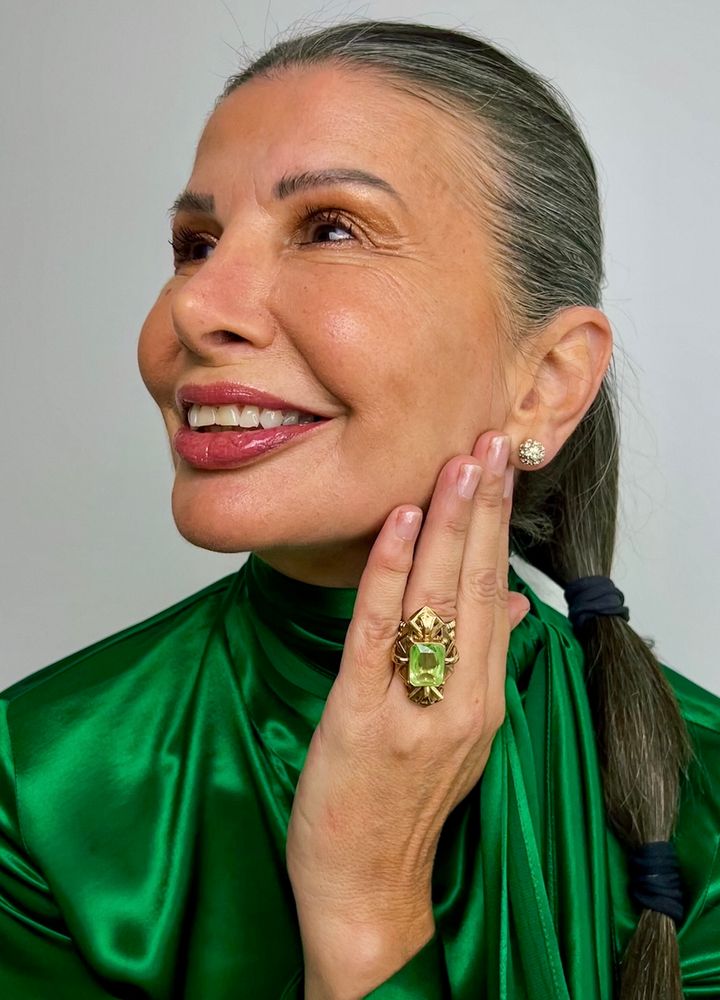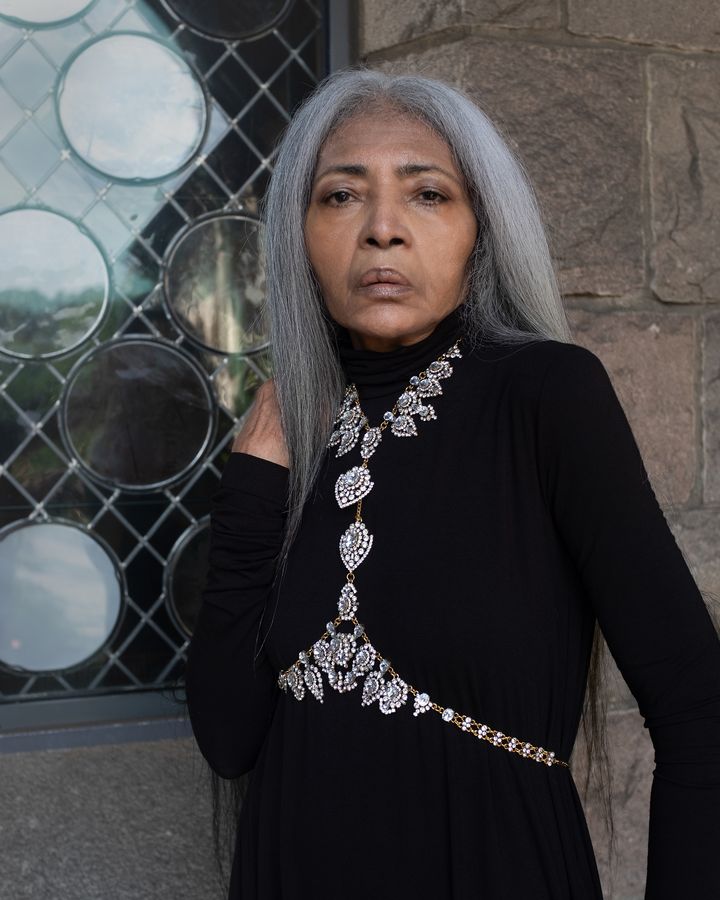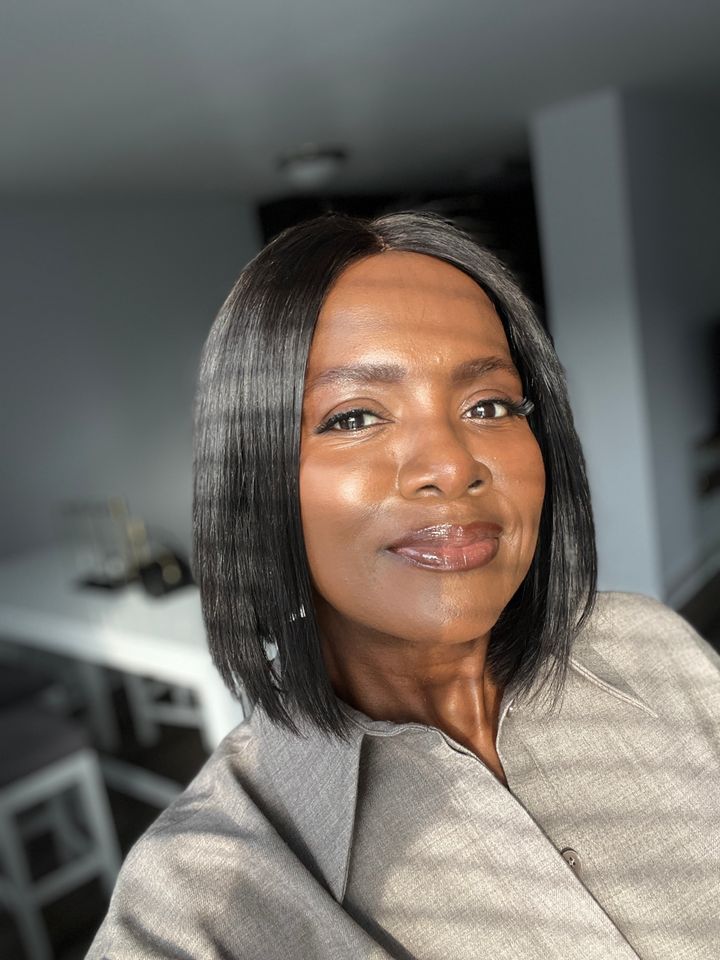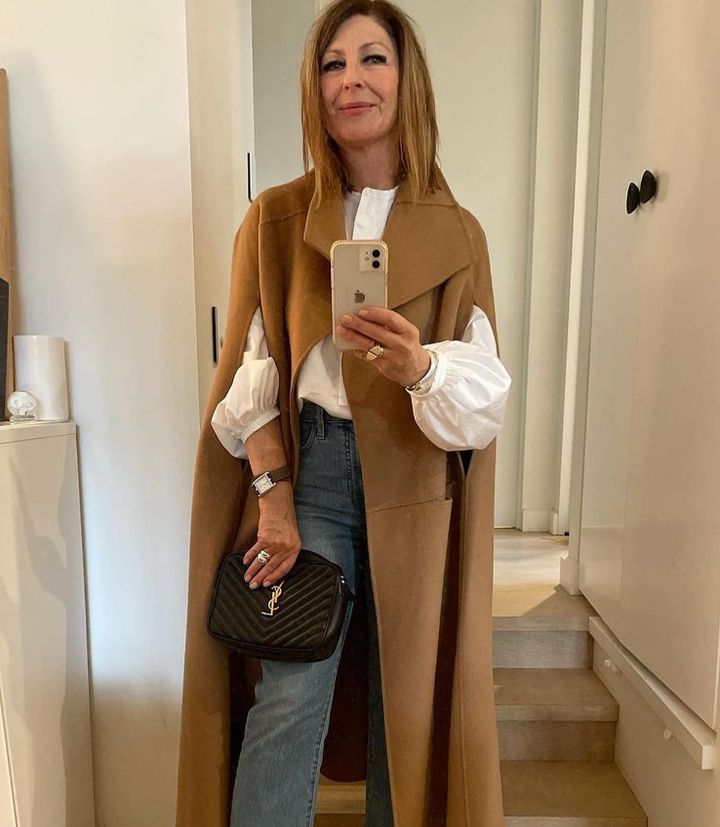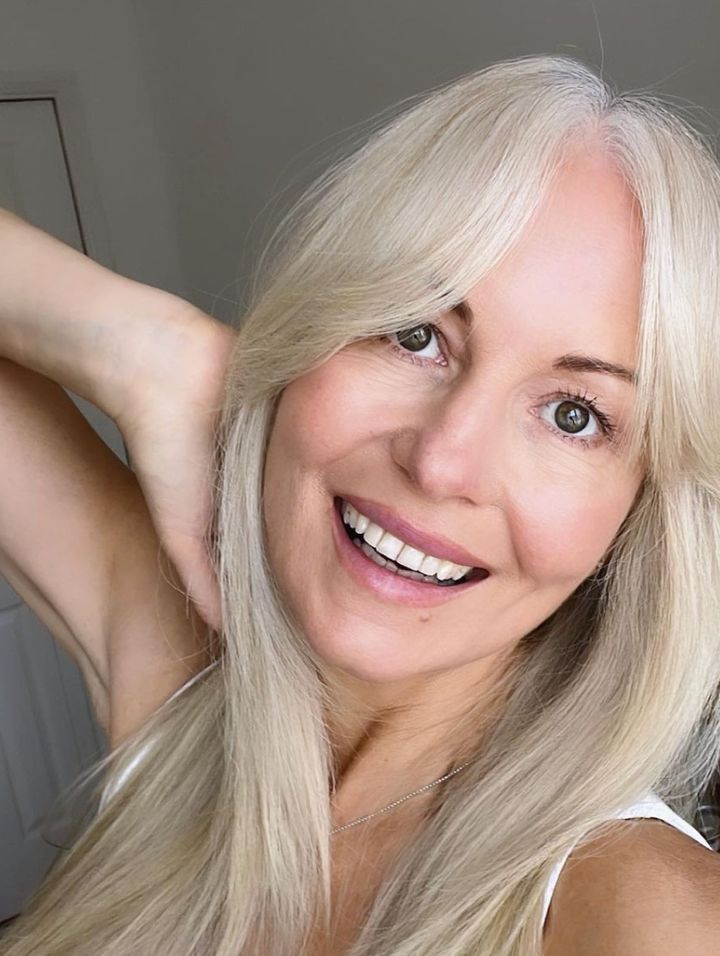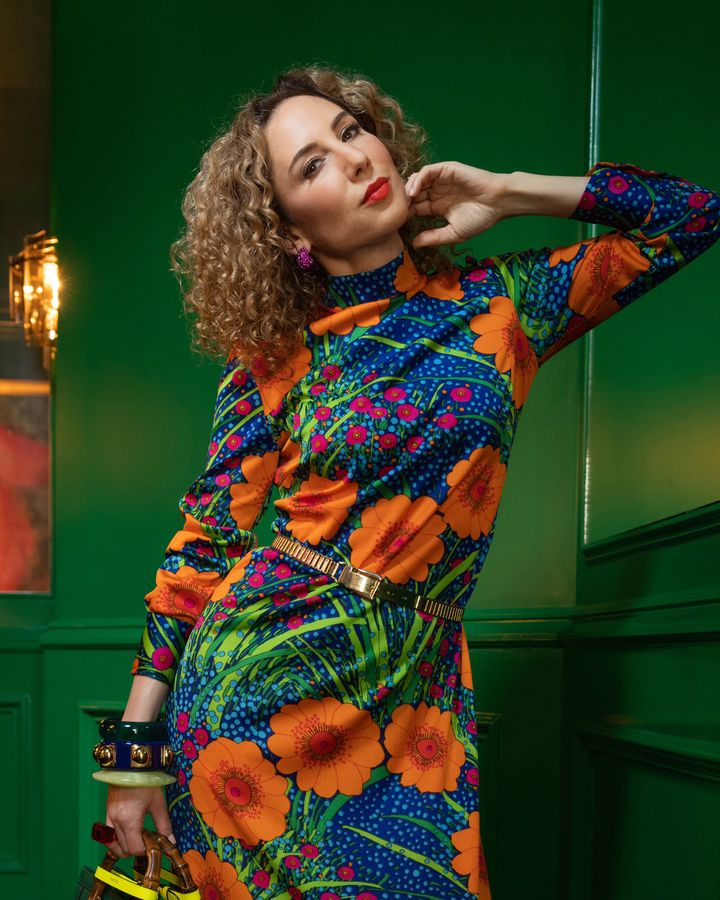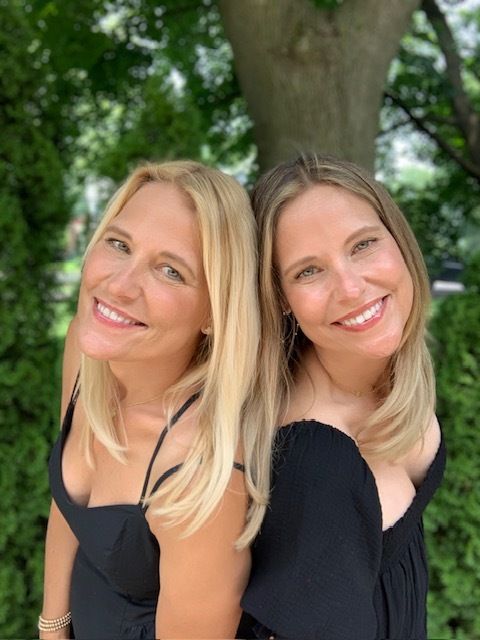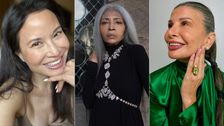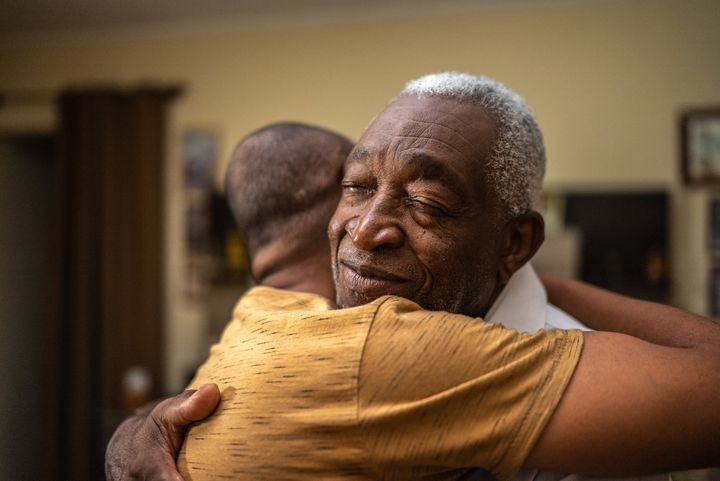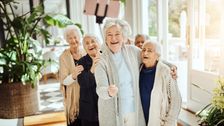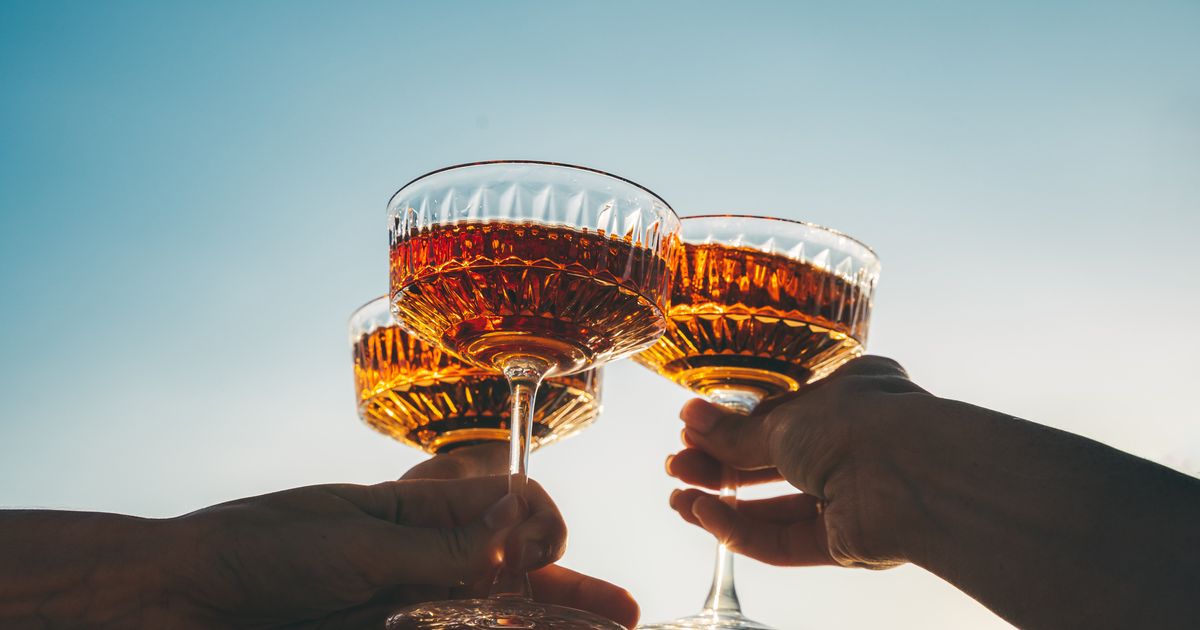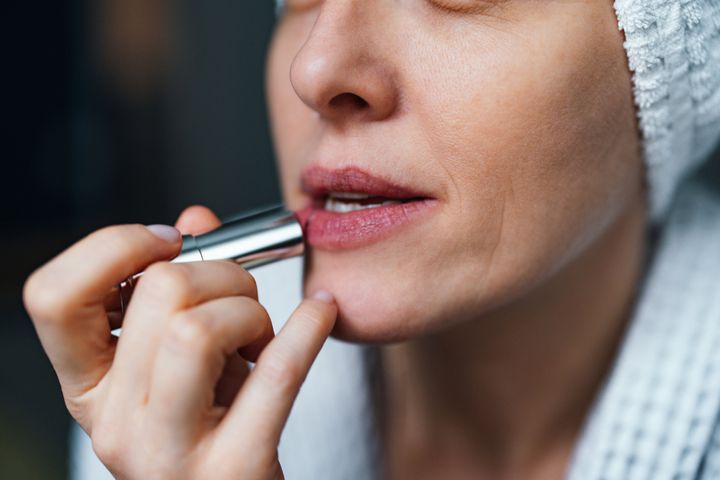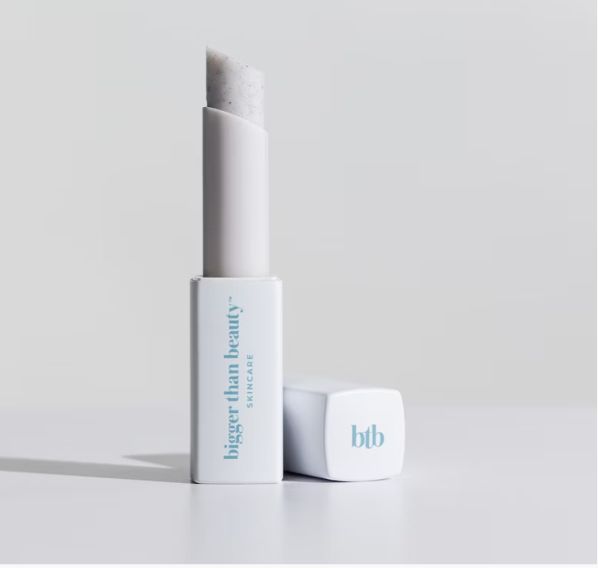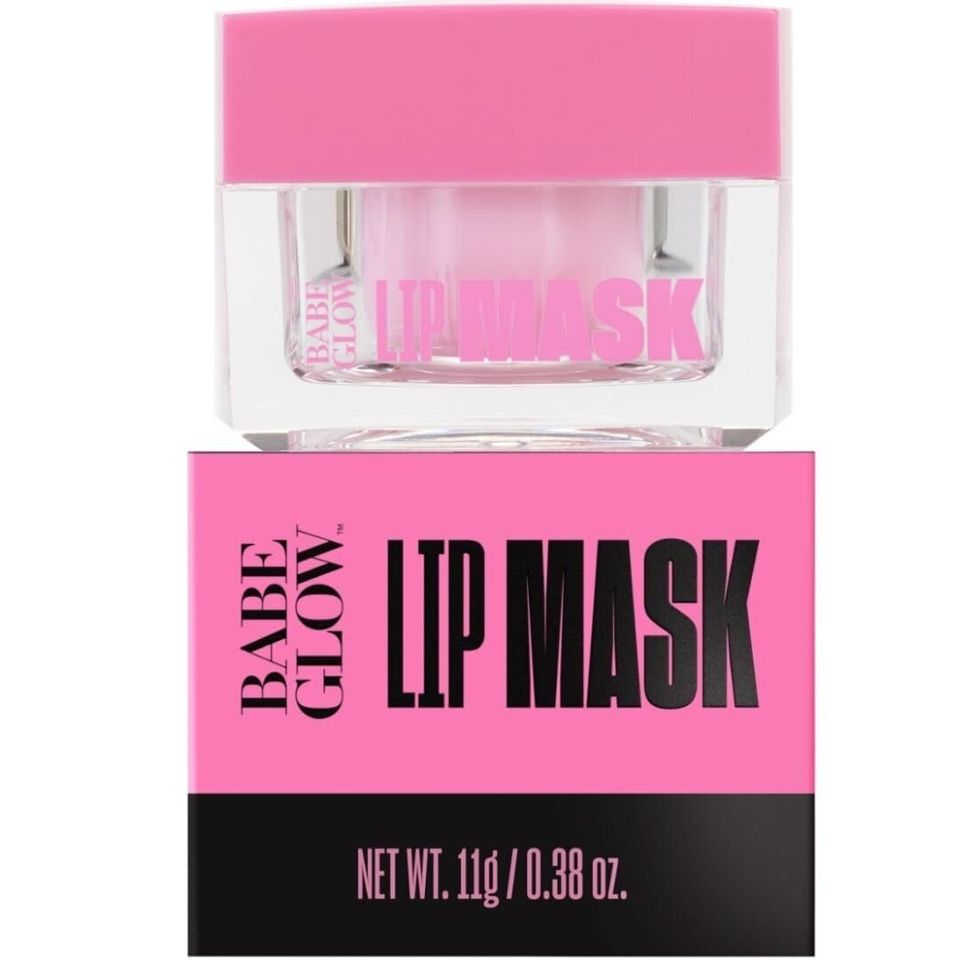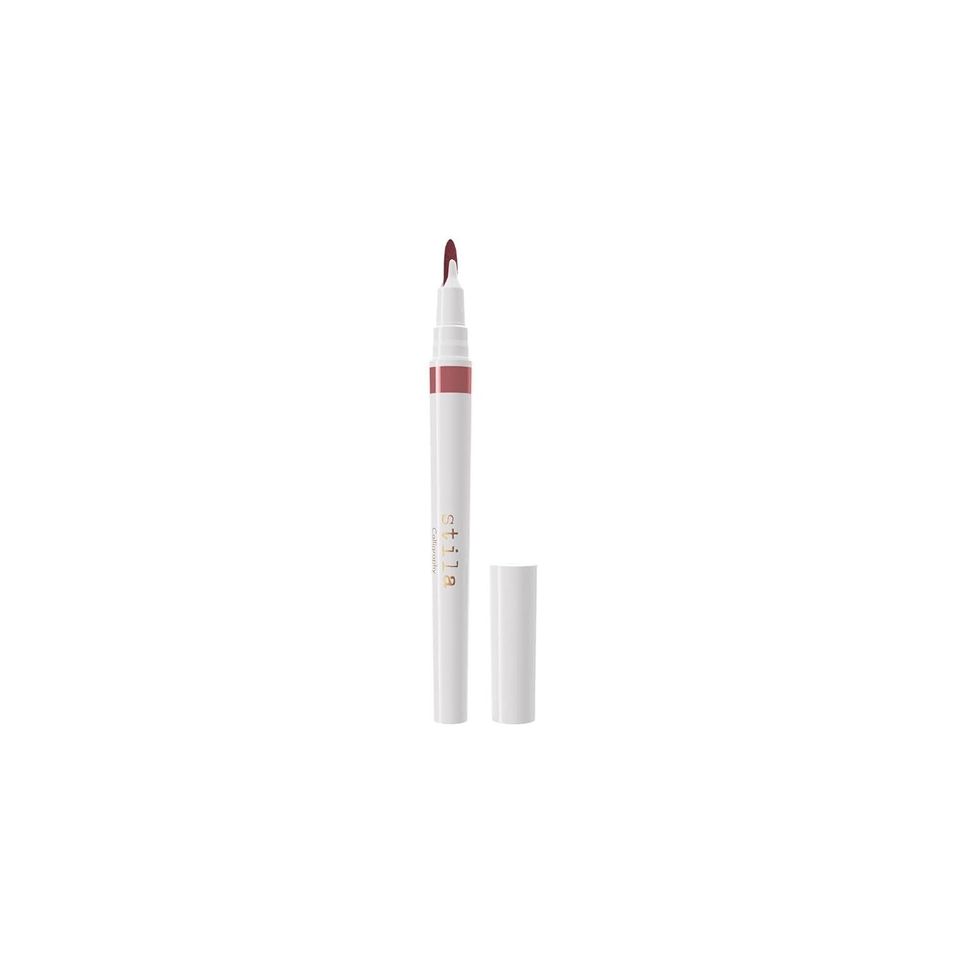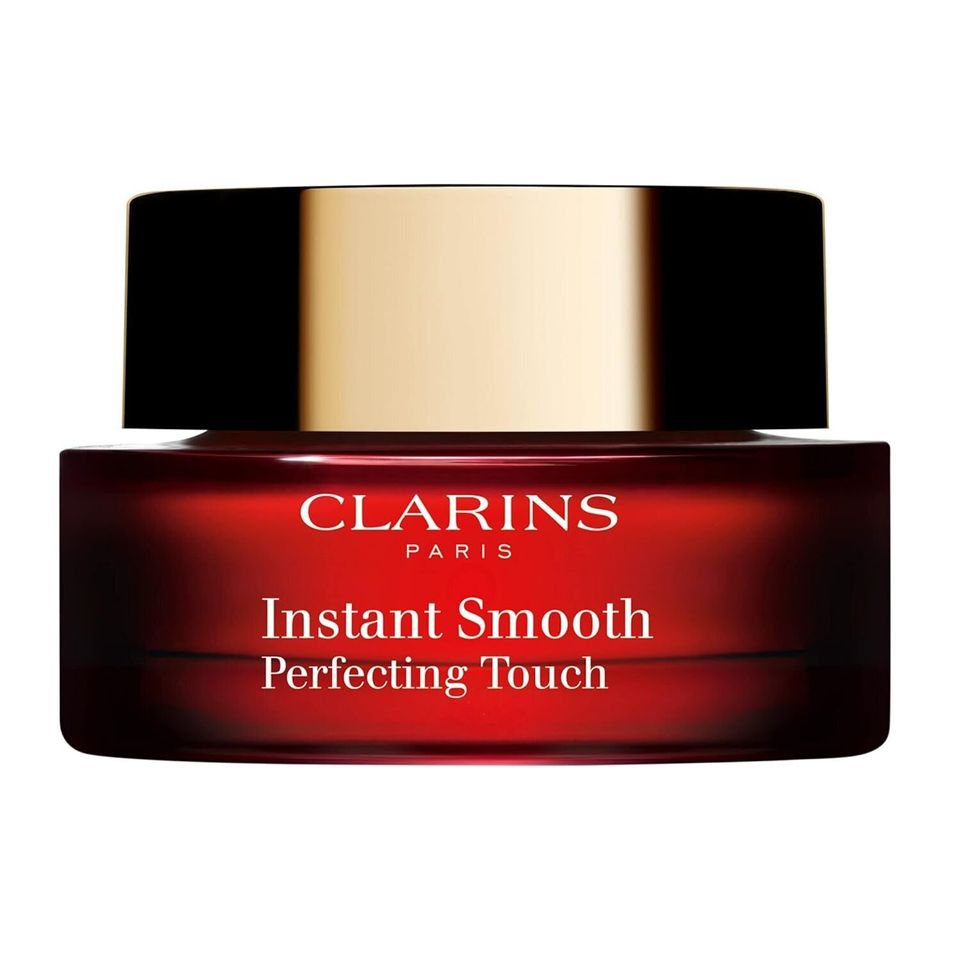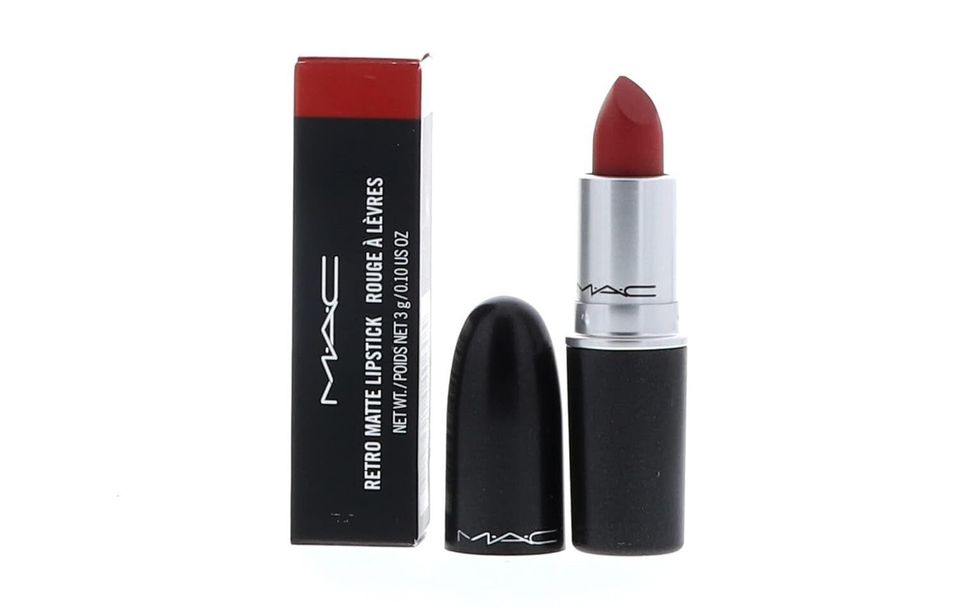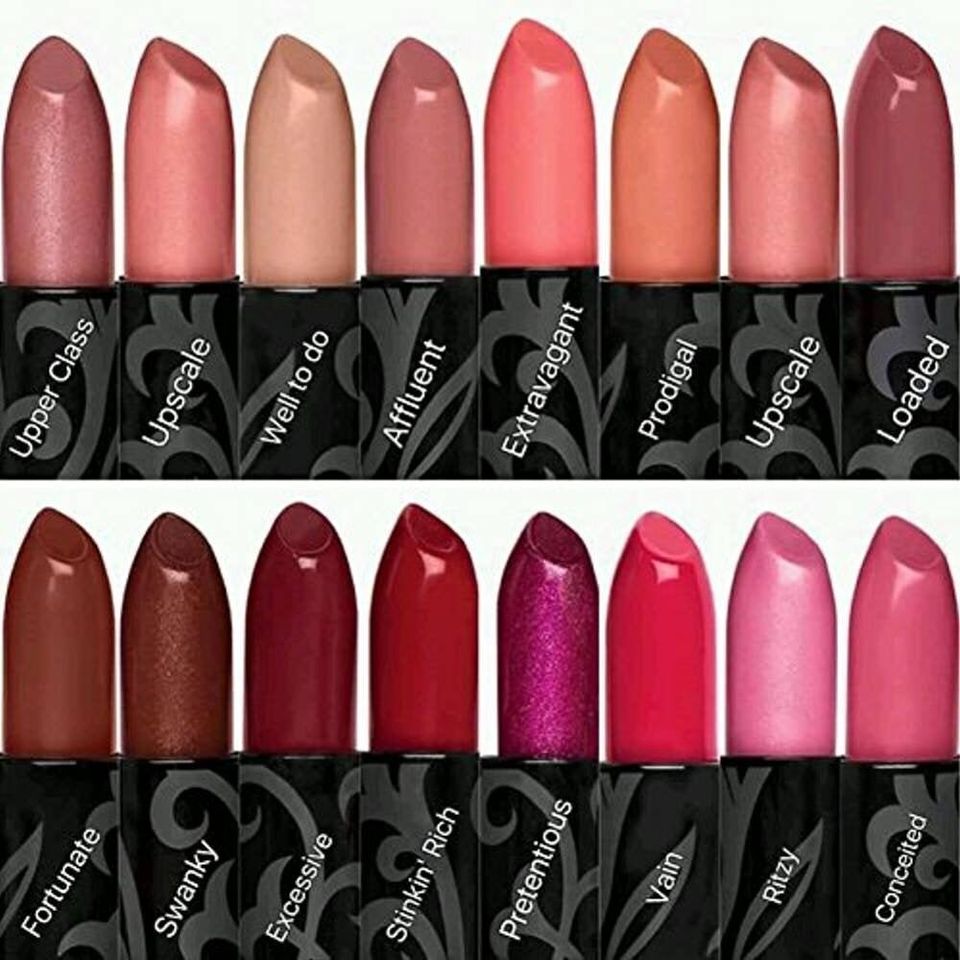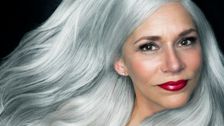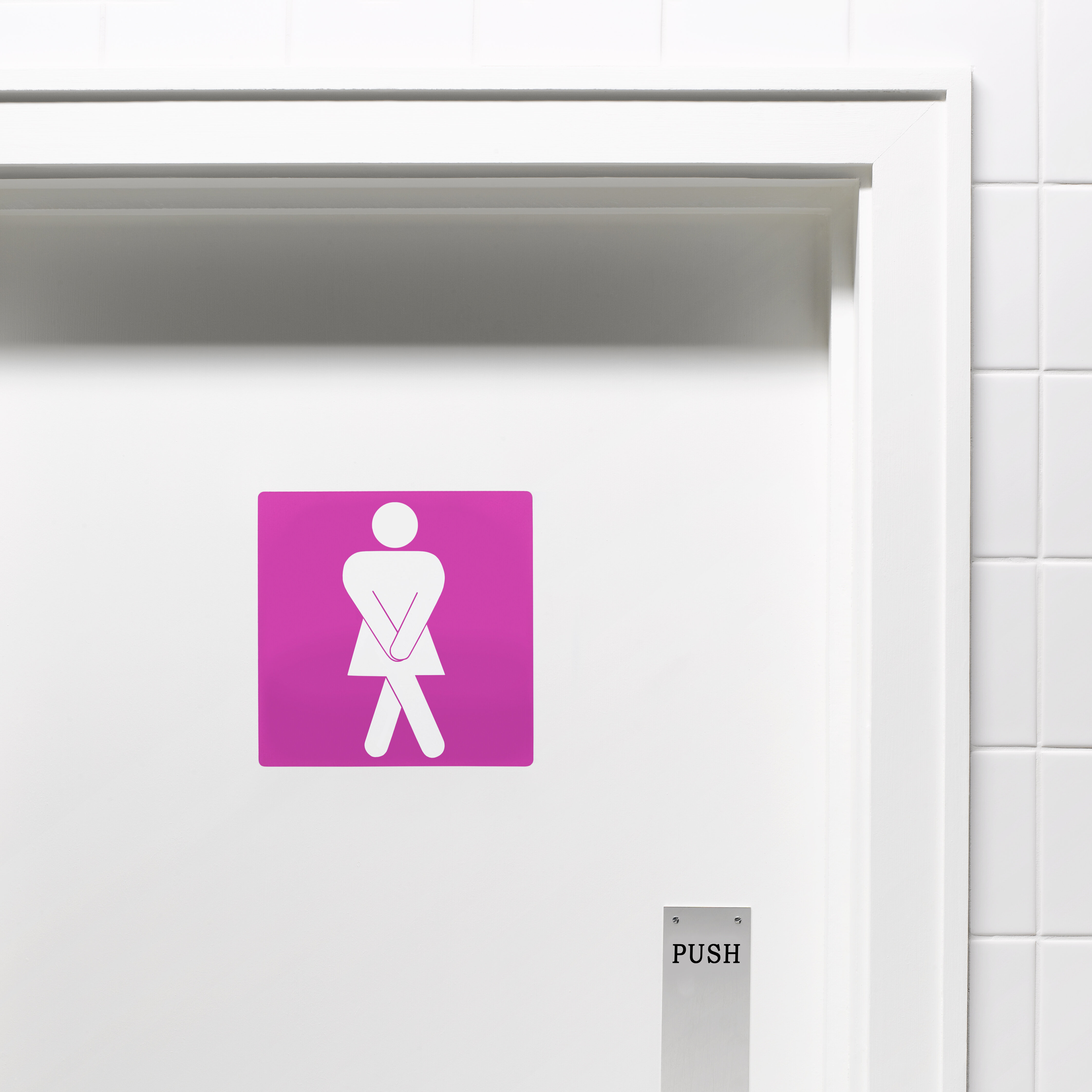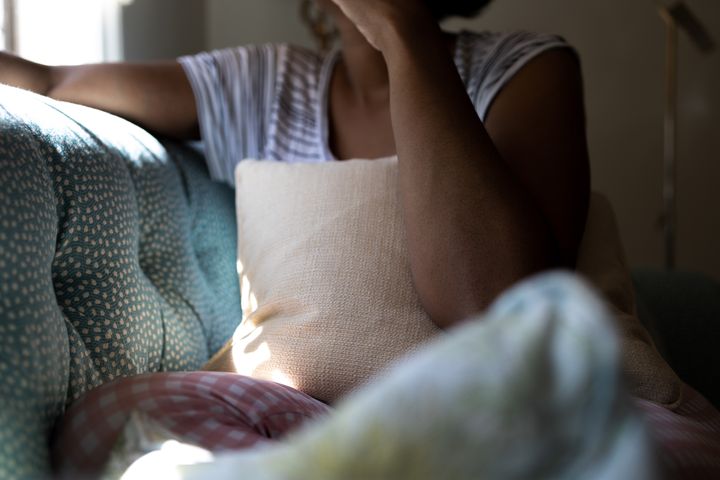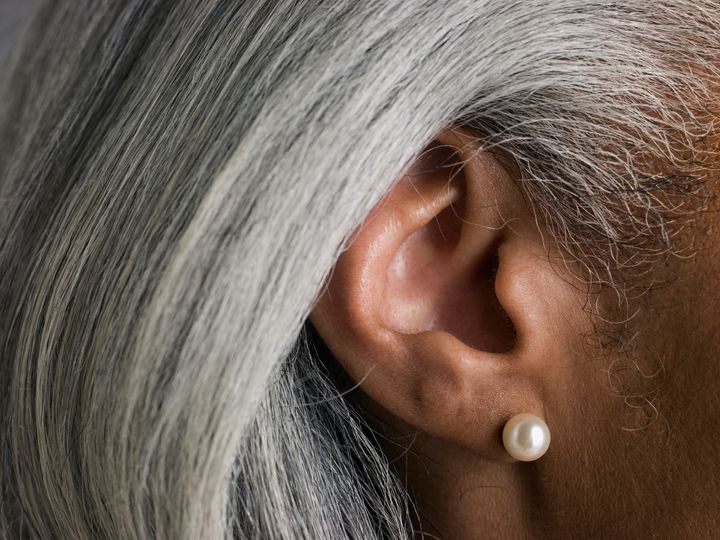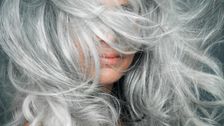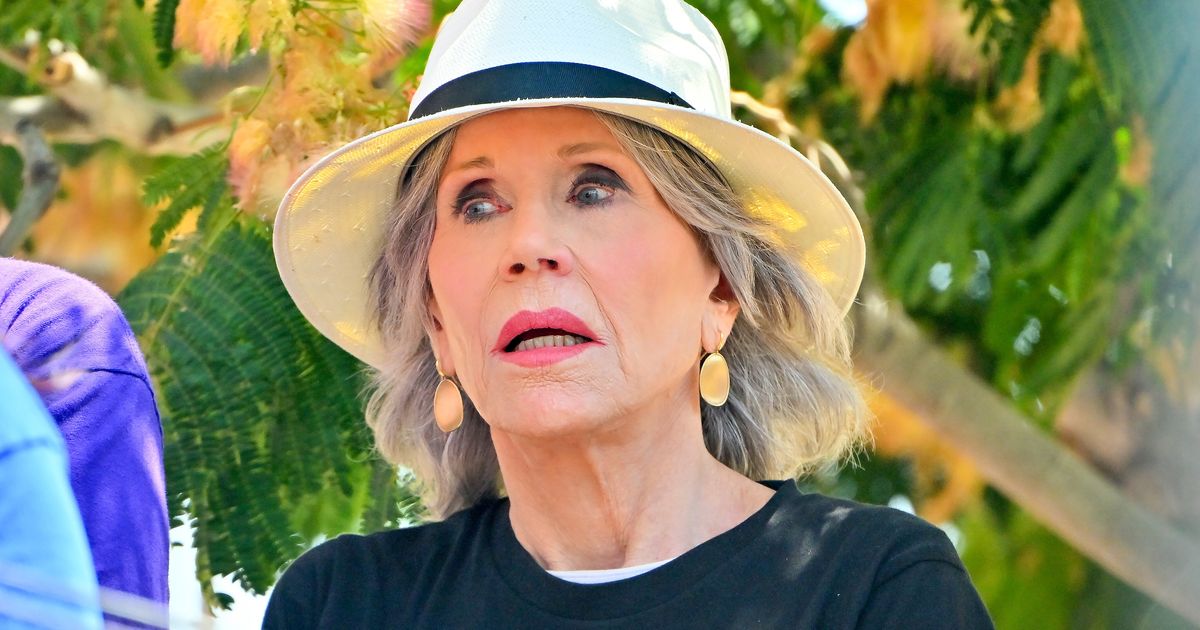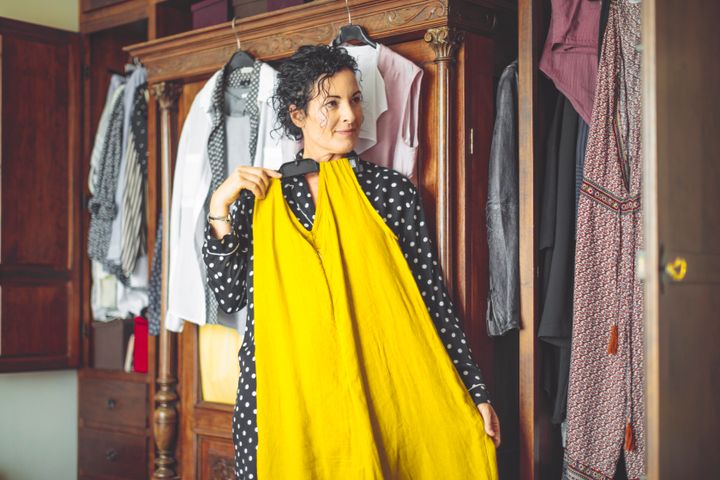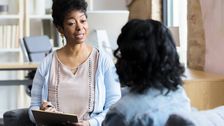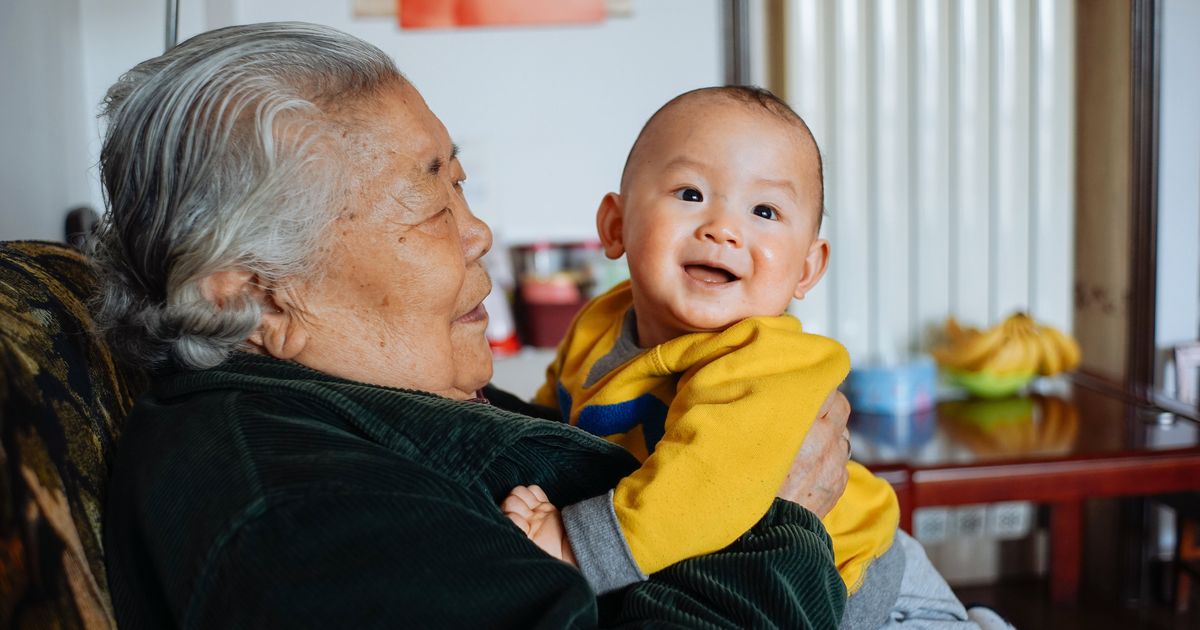
Kathy L. is a 46-year-old mother of three in North Carolina. Five years ago, she moved her family back to her hometown in order to help care for her aging parents, but for the past year and a half, the family has devoted significant time and resources to caring for her husband’s aunt, who has dementia. Her children were ages 15, 11 and 9 when the aunt came to live with them last summer.
Initially, the plan was to care for the aunt at their home for 12 weeks, at which point her long-term care insurance would kick in to cover the cost of an assisted living facility. But after 8 weeks, the family decided to pay out of pocket to move her into one.
“Our family hit a breaking point,” Kathy L. told HuffPost.
“Dementia patients can often get aggressive because they are confused/scared and don’t know what’s going on,” she explained. While her two older sons were able to handle the aunt’s outbursts, her youngest child struggled. Kathy L. said her 9-year-old daughter was “crying every day and was terrified to say or do anything that would set her off.”
Advertisement
In addition, her husband was granted power of attorney for his aunt, taking care of her finances and clearing out and selling her home.
In spite of these challenges, Kathy L. says the experience of providing this care wasn’t all negative. “I also feel very honored to be able to help,” she said. “There are a lot of layers of feelings involved.”
People like Kathy L. who find themselves in the dual — and at times competing — roles of providing child care and elder care simultaneously are sometimes referred to as the “sandwich generation.”
With an aging population and a declining fertility rate globally, more and more families are likely to find themselves in this situation.
A research group at the Max Planck Institute for Demographic Research (MPIDR) in Rostock, Germany, headed by Diego Alburez-Gutierrez, recently published a paper entitled “Projections of Human Kinship for All Countries.” Using data from the UN World Population Prospects 2022 report (the most recent year available), researchers were able to make probabilistic predictions of what the families of the future will look like.
One important finding is that family networks — measured by the number of biological relatives a person has — are going to get smaller. (While the researchers understand that family can mean much more than the people who are biologically related to you, for the purposes of this research, they did not include other kinship relations such as spouses, in-laws, adopted children or LGBTQ family structures.)
People are going to have fewer living relatives, on average. “At every age, we see that as we move into the future, families will become smaller,” Alburez-Gutierrez told HuffPost.
For example, a 65-year-old woman in 1965 could be expected to have 41 living relatives, while a 65-year-old woman living in 2095 is projected to have only 25. The drivers of this change are delayed childbearing and declining fertility rates. Some countries have already seen their birthrates decline, while others may experience this in the years to come.
Another trend shaping demographics, the researchers found, is that families are becoming “more vertical,” Alburrez-Gutierrez said. “That means that you’re going to have fewer lateral kin — siblings, your cousins — and because people are living longer, it means that you will have more genealogical generations at the same time.”
Advertisement
In other words, you will probably have fewer siblings and cousins, but you’re more likely to get to meet your great-grandparents.
One finding that Alburez-Gutierrez found striking, he said, was that “the probability that a newborn baby will have a living grandparent, let’s say in countries of the Global North, it will be 100% in the coming years.”
Also, “in Europe, it will be increasingly common [for a baby] to have up to six living great-grandparents when they are born.”
The researchers also found increasing age gaps between generations in families, leading to people becoming grandparents (and great-grandparents) at later ages. For example, if you have a child when you’re 20 and that child has a child when they’re 20, you become a grandparent at age 40. But if you have a child at age 40, and then your child has a child at age 40, you won’t become a grandparent until you’re 80. Increasing life expectancies mean that you’re more likely to be around to see the birth of grandchildren — and great-grandchildren — but these increasing age gaps mean that you’re more likely to be frail or disabled when you do meet them.
There are advantages and disadvantages to these population changes.
A big advantage of increasing longevity is that we are more likely able to meet, spend time with and build relationships both with our grandparents and even great-grandparents.
Advertisement
Ellen Carbonell, a professor of social work at Rush University, explained that the roles of grandparents in the U.S. have changed over time.
“Today, grandparents’ roles are more diverse than ever before,” Carbonell told HuffPost. In addition to their “traditional roles as family historian, and provider of love, support and wisdom,” Carbonell explained, grandparents are more likely to function as childcare providers.
“No longer simply ‘babysitting’ grandchildren to give parents some free time, many grandparents are providing childcare for grandchildren on a regular basis,” Carbonell said.
Since grandparents are older, on average, when their grandchildren are born, they are also more likely to be retired.
“There can be a greater ease and enjoyment of the role without the competing tasks that come with employment. This greater flexibility can be seen in grandparents who relocate to be closer to their out-of-state children and grandchildren so they can be more involved in their day-to-day lives,” Carbonell said.
Advertisement
These advantages assume good health, which isn’t a guarantee and becomes less likely the older a grandparent gets. Older grandparents also may lack financial stability.
“Many have been unemployed or underemployed for years, or have contributed financially to the care of others, leaving them particularly strapped financially during their grandparenting years,” Carbonell said.
When a grandparent needs financial support or caregiving, the burden may fall to family members who are also caring for children, creating the “sandwich” dynamic.
These dynamics can both be at play at the same time within one family. Kathy L., for example, was able to turn to her mother for help with childcare at the same time that she was serving as a caregiver for her own father and her husband’s aunt. The layers of her situation were both emotional and logistical.
With so many generations living at the same time, there are increasing instances of what Alburez-Gutierrez called the “grand-sandwich” and Carbonell called the “club sandwich” of one generation caring for parents, children and grandchildren. Such a load can take a heavy “physical, emotional and financial toll,” Carbonell said. Increased longevity, in other words, can make for more caregivers but also more caregiving responsibilities.
Advertisement
“The increased availability in the sense of grandparents and great-grandparents in the future, which we think is going to happen, doesn’t necessarily mean that there will be more sources of informal care within families,” Alburez-Gutierrez said. “Actually it may be the other way around. We’ll place more of a burden on the current generation.”
Grand- or club-sandwich caregivers, Carbonell explained, may put their own needs last and delay preventative health care. The sandwiching also creates an unstable network that is likely to collapse if an emergency arises.
“With no built-in backup for care provision,” Carbonell continued, “we can see how the fragility of a tightly stretched care system can be pushed beyond its ability to cover care needs.”
The ramifications of these demographic changes extended beyond individual families.
With fewer living relatives within each generation, the caregiving duties will fall to a smaller number of people, increasing their responsibilities. It will also mean that more families look to public and private institutions to provide care for the members of their family who need it.
“One challenge will be that even in countries that have taken into account the aging of the population, and introduced measures to try to address that in terms of restructuring pension schemes or changing the retirement age, is they have still assumed that there was going to be this constant pool of informal support” to provide care, Alburez-Gutierrez said.
Advertisement
Grandparents stepping in to fill the child care gap. Kathy L. and her husband stepping in to care for his aunt. Without this unpaid labor, our society wouldn’t be able to function. If a shrinking, aging population means that we have to outsource more of this labor, and pay for it, it will require a huge financial investment.
Carbonell pointed out that caregiving, whether for children or elders, often falls to women. When they take time out of the workforce to care for family members, they lose both seniority and years of accumulated pension or social security contributions.
Paid caregivers also tend to be women, many of them immigrants, and the pay for such work is often low, leading to a high turnover rate.
As it stands, the system is fragile, and the combination of increased longevity and declining birthrates continue to add stress.
“This country has no comprehensive long-term care system, particularly for older adults. It is crucial that this issue be explored and dealt with promptly, as an increasingly aging population will be needing care for which there is currently no plan,” Carbonell said.
Advertisement
While these are serious concerns, a “sandwich” situation in which your children witness you caring for elderly family members can also be a source of meaning and insight.
“As hard as it was this past summer, I think our kids saw what it looks like to take care of family,” Kathy L. said.
“Our 15-year-old saw us cleaning up after our aunt one time … and said, ‘Wow, I can’t wait ‘til it’s my turn to do this for you guys.’ And I was struck with two competing feelings: One, I hope you never have to do this for me, and two, I’m so thankful that you automatically expect that’s what you’ll do.”
Support HuffPost
A No-B.S. Guide To Life
